There are over 400 vehicle manufacturers in China, each with its own technological level. However, new energy vehicles currently on the market frequently experience faults. So, what are the main types of faults in new energy vehicles? For example, the vehicle might run out of power, or the charger might not charge. How can we troubleshoot these faults?
I. Exclamation Mark Fault
1. Cause of the Fault: After ruling out hardware problems, this fault is usually due to software or system calibration issues. The general cause is that the system detects that the battery temperature exceeds a preset safety value, or the system detects an intermittent fault signal and arbitrarily restricts some vehicle functions.
2. Solution: Similar to solving computer crashes or phone lag, restarting can solve most problems. A pure electric vehicle can be considered a large electronic product, with all electronic systems and the main unit powered by a small battery in the engine compartment.
In this case, simply use a wrench to unscrew the negative terminal of the small battery and keep it disconnected for about 5 minutes, completely cutting off the power to the vehicle’s onboard systems. Then, tighten the negative terminal of the small battery to restore power. After the vehicle’s system has been powered off, it can be considered a “reboot.” All calibrations and tests are restored to their initial values, and starting the vehicle at this point will almost always be successful.
II. Power Battery Insulation Failure
Possible Causes: Water ingress into the electric vehicle’s battery box or connectors; cell leakage; high ambient humidity; false insulation alarms; insulation failure in other high-voltage components (controller, compressor, etc.).
Solution: If there is voltage or insulation resistance less than the specified value when the positive terminal is connected to ground, the negative circuit is considered to be leaking. If there is voltage or insulation resistance less than the specified value when the negative terminal is connected to ground, the positive circuit is considered to be leaking. The leakage point can be calculated by dividing the leakage voltage by the current single-string voltage value, and then analyzed and handled according to different situations.
III. Power Limiting Light On
This is a common “turtle light” warning sign. The symptom is that the vehicle’s output power is limited, and the vehicle can only operate at a speed limit of 40 km/h.
1. Causes of the Fault
Several reasons may cause this phenomenon. Aside from the non-fault cause of the battery being nearly depleted and the vehicle entering a protection state, the most important reason is that the system detects a fault in the vehicle’s electrical system, or the battery temperature exceeds a safe range, requiring a reduction in power to ensure the safety of related vehicle components.
2. Solutions
If the warning light is due to a depleted battery, simply find a place to charge it as soon as possible. If the battery temperature is too high, it is recommended to temporarily stop the vehicle and turn off the engine, waiting for the battery to return to a safe temperature before continuing to drive. If you are in a hurry and can confirm that there are no other faults in the vehicle, you can temporarily stop, disconnect the negative terminal of the small battery in the engine compartment, restart the vehicle, and “flush” the previous fault warning record.
If restarting and prolonged cooling do not extinguish the warning light, and you are certain the battery has sufficient charge, then contact a mechanic immediately.
IV. Battery Temperature Fault
1. Excessive Battery Temperature Difference
Possible Causes: Loose cooling fan connector, cooling fan malfunction.
Troubleshooting: Reconnect the fan connector; provide dedicated power to the fan and check if the fan is functioning properly.
2. Battery temperature too high or too low
Possible causes: Loose cooling fan connector, malfunctioning cooling fan, damaged temperature probe.
Troubleshooting: Reconnect the fan connector; provide dedicated power to the fan and check if it functions properly; check if the battery temperature is too high or too low; measure the internal resistance of the temperature probe.
3. Motor producing excessive sparks, localized overheating, and vibration
Possible causes: Water ingress into the motor causing a short circuit and burning it out; Overloading the motor causing a short circuit and burning out the commutator, which will turn black.
Motor abnormal noise
Possible causes: The motor and rear axle connection is not concentric; The brushes and commutator are not properly engaged and need adjustment; The rotor bearing inside the motor is damaged and needs replacement.
V. Power Battery Faults
Power battery faults (excluding component malfunctions, such as display or acquisition module abnormalities, even if the fault does not actually occur)
Common battery faults can be viewed in the MP5 player, such as: ① Battery balancing faults, excessively high or low cell voltage faults, etc. When these types of faults occur, the voltage value of the power battery cells can be viewed on the instrument panel’s LCD screen. Check for Level 1 faults: single or multiple cell voltage values greater than 3.85V or less than 2.5V; Level 2 faults: single or multiple cell voltage values greater than 3.75V or less than 2.7V; Level 3 faults: single or multiple cell voltage values greater than 3.65V or less than 2.8V. ② Battery cell temperature too high or too low faults. When this type of fault occurs, the highest and lowest temperatures of the power battery cells can be viewed on the instrument panel’s LCD screen. Check for Level 1 faults: highest temperature greater than 75℃; Level 2 faults: highest temperature greater than 70℃, lowest temperature less than 0℃; Level 3 faults: highest temperature greater than 60℃, lowest temperature less than 5℃. ③ Battery insulation level fault: Check the current insulation resistance value on the battery information LCD screen to see if there is a Level 1 fault (insulation resistance less than 500KΩ), Level 2 fault (insulation resistance less than 300KΩ), or Level 3 fault (insulation resistance less than 100KΩ).
When a type ① fault occurs, determine which battery box the individual battery is in and replace that battery. This type of fault is currently handled by the battery manufacturer’s after-sales personnel. When a type ② fault occurs, the battery can only be used after the temperature returns to normal. When a type ③ fault occurs, use an insulation tester at 1000V to test the insulation value of all high-voltage connection wires. Normal insulation is above 1GΩ. Abnormal values require confirmation that the insulation of that wiring harness is faulty, or that the high-voltage electrical appliance connected to that harness has an insulation fault.
VI. Electrical Equipment Malfunction:
The main electrical equipment in electric vehicles includes various lights (front combination lights, side lights, reversing lights, rear combination lights, etc.), radio, roof fan, vacuum pump, wipers, instrument cluster, electric power steering, air conditioning, etc. During on-site debugging, the radio, vacuum pump, instrument cluster, and windshield wipers frequently malfunctioned. Abnormal operation of electrical equipment mainly refers to discrepancies between the operating state and the design state, such as the vacuum pump continuously pumping air, abnormal instrument cluster displays, and significant interference with the radio.
VII. Troubleshooting and Handling of Electrical Equipment Malfunctions
Electrical equipment requires certain conditions to operate, generally including a power supply and grounding. Malfunctions are often due to a lack of power supply. First, use a multimeter to confirm the presence of power, check for loose wiring harness connectors, and verify proper grounding. If none of these issues are found, the problem may lie with the equipment itself; try connecting a different, identical device. This type of fault is generally caused by a power supply interruption in the wiring harness; the fault can be located by referring to the electrical schematic.
VIII. Electric Vehicle Without Power
1. Fuse Blown: Use a multimeter to measure the battery terminal voltage. If there is voltage output, it’s normal; if there is no voltage output, the fuse is blown, the battery connector is loose, or the battery is faulty.
2. Loose Wiring Connectors: Check the power switch connector. 3. Power switch malfunction: Use a multimeter to measure the voltage across the input and output lines of the power switch. If there is normal voltage output, the power switch is normal. If there is no voltage output, the power switch is malfunctioning (assuming the battery has voltage output). Repair or replace it.
IX. Charger not charging
1. Charger fuse blown: In this case, all indicator lights on the charger will not light up. Replace the fuse.
2. Battery connection loose: Reconnect the battery connection wires.
3. Charger plug and battery socket not properly connected: Reconnect them.
4. Charger malfunction: In this case, the charger fuse is normal. Use a multimeter to measure the charger output voltage; it should be zero. Disconnect the power and stop using the charger. After ten minutes, try using the charger again.
X. Motor not turning
1. Fuse blown: Replace it.
2. Power switch malfunction: Replace the power switch. Troubleshooting methods: Power switch malfunction:Turn on the power switch and use a multimeter in ohm mode to measure the resistance between the input and output terminals of the power switch. If the resistance is zero, it’s normal; if the resistance is infinite, the power switch is faulty.
3. Accelerator malfunction:Use a multimeter in DC voltage mode to measure the output voltage of the accelerator. If there is voltage output, it’s normal; if there is no voltage output, it’s abnormal. If there is no voltage output, the accelerator is faulty and needs to be replaced.
4. Controller malfunction:Replace the controller. Use a multimeter to measure the output voltage of the controller. If there is output voltage, it’s good; otherwise, it’s faulty.
5. Motor burnout:Replace the motor.
6. Motor wiring malfunction:Check all motor wiring connections.


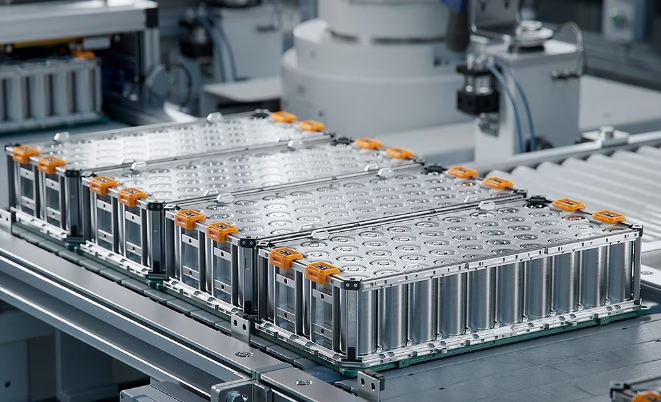

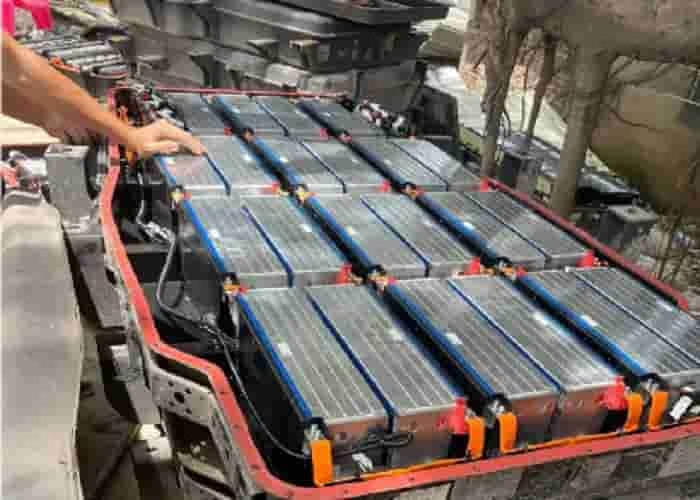
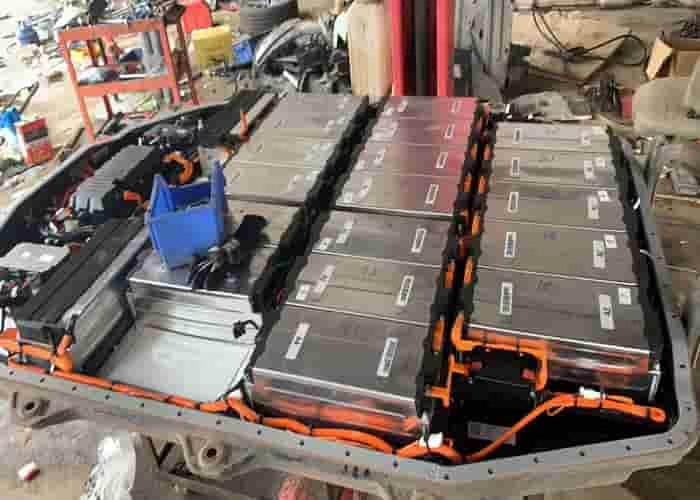


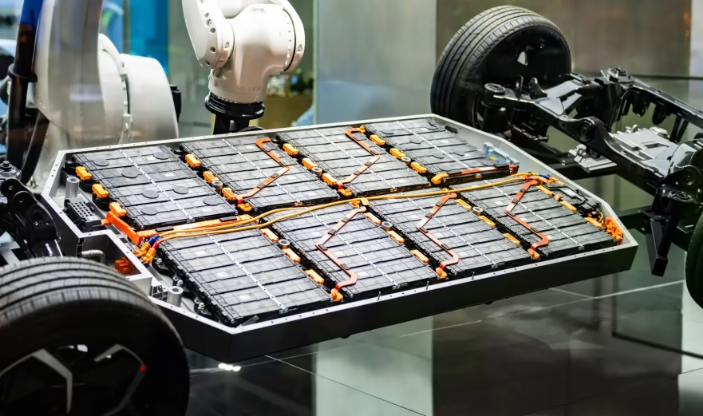
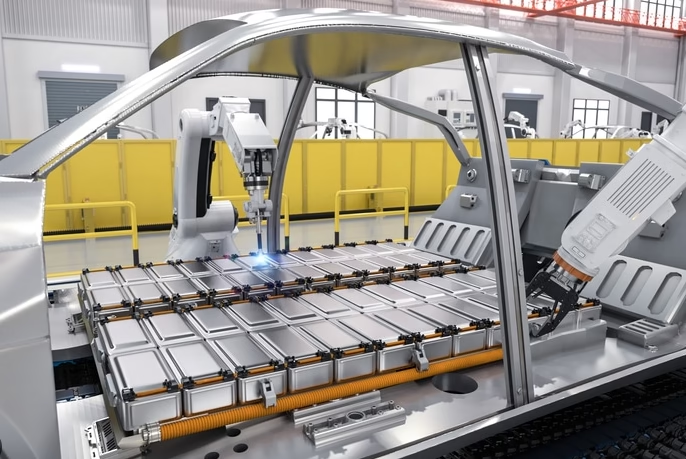



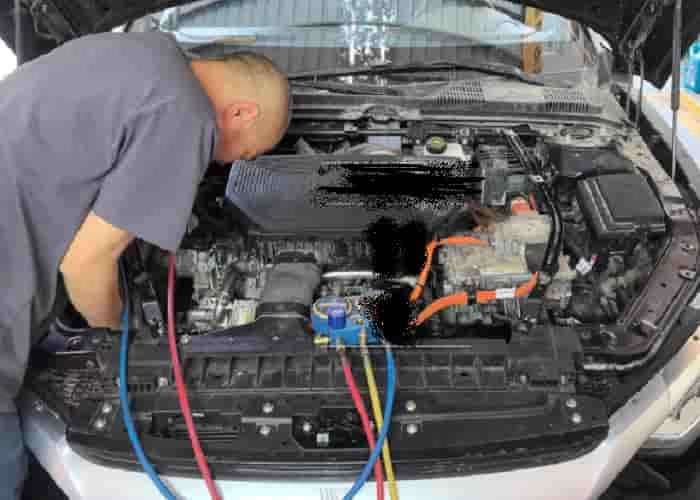
Leave a Reply